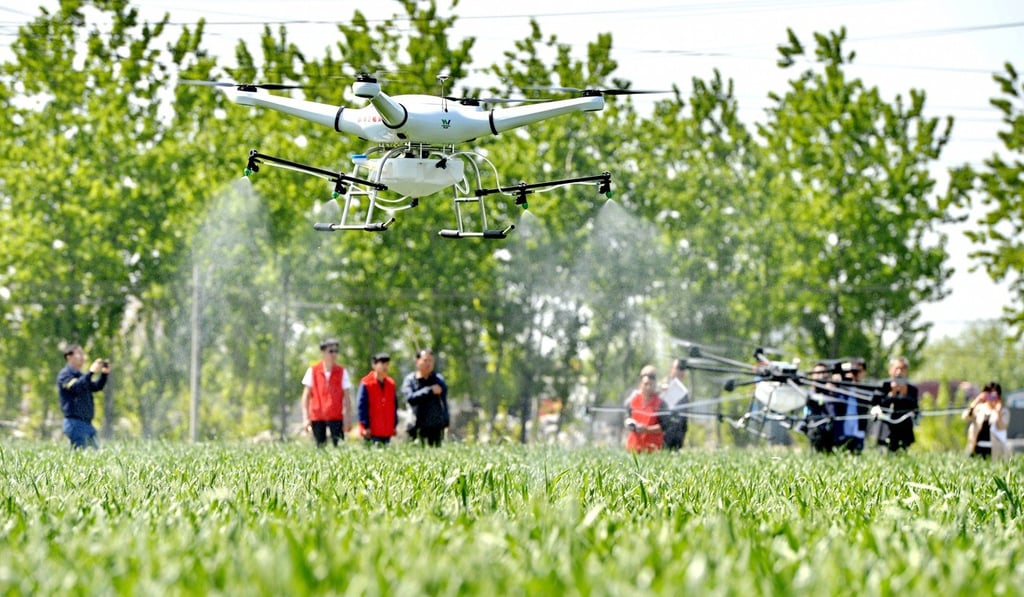China’s hi-tech economy is taking shape, thanks to its entrepreneurs and innovators
David Liao says not only is the government committed to an economic transformation, and putting money where its mouth is, but the birth of a thriving private sector in the tech industries will help the new economy take flight

An empty passenger plane lifted off from Shanghai’s international airport on an overcast, windy afternoon earlier this month. Flown by five test pilots in orange jumpsuits, it coasted above the Yangtze River Delta for about an hour before landing back in Pudong.
China has been working hard to create a new version of its economy that is powered by high-end, hi-tech industries that can compete with the biggest and best in the world. Can a made-in-China plane challenge Boeing and Airbus in a global jet market estimated to be worth trillions of dollars in 20 years? There are doubters, but China often has the capacity to surprise. Witness how, coming from nowhere, it built world-leading positions from personal computers, to smartphones, to civilian drones.
Business incubators look to China for tech world’s next big thing

This is a good time for China to make this transition, with growth in its gross domestic product stabilising after the slowdown of recent years. Importantly, private sector investment is finally recovering after falling since 2011, with a broad-based rebound in industries from materials to equipment manufacturing and services. Exports are also expected to grow, thanks to increases in global demand and improvements on the supply side.
Since the beginning of 2016, China has been implementing supply-side structural reforms, driving inefficient state firms to upgrade while cutting capacity and leverage, even as it promotes new technologies, industries and products.
What ‘Made in China 2025’ can teach Trump’s America about reviving industry
These efforts dovetail nicely with the “Made in China 2025” initiative for high-end manufacturing industries, and plans for an innovative “new economy” to foster new growth drivers.
There are doubters, but China often has the capacity to surprise
